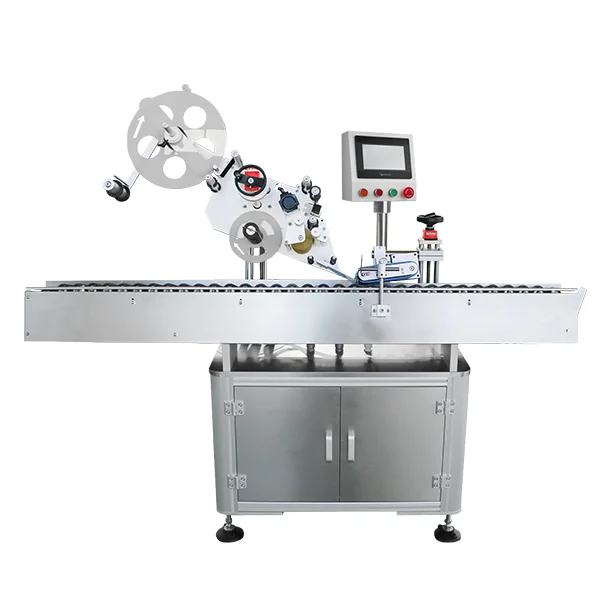In the ever-evolving world of freight transportation, understanding which loads yield the highest returns is crucial for maximizing profitability. As a trucking professional, whether you're an owner-operator or part of a larger fleet, the ability to identify and secure high-paying freight can significantly impact your bottom line. This article delves into the intricacies of the freight market, exploring the types of loads that typically offer the best compensation, the factors influencing freight rates, and strategies for optimizing your hauling operations.
Understanding Freight Rates
Freight rates are influenced by a multitude of factors, including supply and demand dynamics, seasonal trends, and the nature of the cargo itself. The trucking industry is characterized by fluctuating rates, which can vary significantly based on geographic regions and the time of year. For instance, during peak harvest seasons, agricultural freight may command higher rates due to increased demand. Conversely, during off-peak periods, rates may decline as supply outstrips demand.
Types of High-Paying Freight
- Hazardous Materials (Hazmat): Transporting hazardous materials often comes with higher pay due to the specialized training and certifications required for drivers. Hazmat loads are subject to stringent regulations, which can limit the number of carriers willing to take on such jobs, thereby driving up rates.
- Refrigerated Freight (Reefer): Perishable goods require temperature-controlled environments, making refrigerated freight a lucrative option. The complexity of maintaining specific temperature ranges and the urgency of delivering fresh products can lead to higher compensation for carriers.
- Oversized and Heavy Loads: Transporting oversized or heavy loads often necessitates special permits and equipment, which can justify higher freight rates. These loads typically require more planning and coordination, making them less competitive and more profitable for those equipped to handle them.
- Expedited Freight: In a fast-paced economy, businesses often require expedited shipping to meet tight deadlines. Expedited freight typically commands higher rates due to the urgency and the need for quick turnaround times.
- Automotive Parts and Equipment: The automotive industry is a significant player in freight transportation, with parts and equipment often requiring timely delivery. The complexity of the supply chain and the need for just-in-time delivery can lead to higher rates for carriers.
Factors Influencing Freight Rates
Understanding the factors that influence freight rates is essential for making informed decisions. Key elements include:
- Market Demand: The balance between available loads and the number of trucks on the road directly affects rates. In times of high demand, carriers can command better prices.
- Fuel Prices: Fluctuations in fuel prices can impact overall profitability. Carriers often negotiate fuel surcharges to mitigate these costs, but understanding the market can help in selecting loads that offer better compensation.
- Distance and Route: Longer hauls may offer higher rates, but they also come with increased costs. Evaluating the profitability of a route involves considering both the rate per mile and the operational costs associated with the journey.
- Seasonality: Certain times of the year, such as holiday seasons or harvest periods, can lead to spikes in demand for specific types of freight. Being aware of these trends allows carriers to position themselves strategically.
Strategies for Securing High-Paying Freight
- Networking and Relationships: Building strong relationships with shippers and freight brokers can provide access to exclusive loads and better rates. Attend industry events and engage in online forums to expand your network.
- Utilizing Load Boards: Load boards can be invaluable tools for finding high-paying freight. However, it's essential to research and compare rates across different platforms to ensure you're getting the best deal.
- Investing in Technology: Utilizing freight management software can streamline operations, allowing for better tracking of loads, routes, and rates. Technology can also provide insights into market trends, helping you make data-driven decisions.
- Diversifying Your Services: Expanding your capabilities to include specialized freight, such as hazmat or refrigerated loads, can open new revenue streams. Consider obtaining necessary certifications and equipment to broaden your service offerings.
- Monitoring Market Trends: Staying informed about industry trends, economic indicators, and regulatory changes can help you anticipate shifts in the market and adjust your strategies accordingly.
Conclusion
In conclusion, identifying the best paying freight to haul requires a multifaceted approach that considers market dynamics, load types, and operational strategies. By understanding the factors that influence freight rates and employing effective strategies to secure high-paying loads, trucking professionals can enhance their profitability and ensure long-term success in the competitive freight transportation landscape. As the industry continues to evolve, staying informed and adaptable will be key to thriving in this dynamic environment.


